‘There are ways of saying it and there are ways of saying it.’
Two of the most important influences on developing your students’ learning powers are how you talk – the messages you convey in the words and tone you use, and how you behave. Some ways of talking strengthen students’ positive attitudes towards learning; others tend to weaken them.
This week we take a brief look at a range of things you can say and do to nudge collaborative social interaction. The kind of language you will be using is that of a learning coach, encouraging students to feel involved collectively and tentatively think for themselves. By using appropriate turns of phrase your students will start to:
- become conscious of these phrases and what they mean
- imitate you
- think in this way themselves
Gradually you will hear some of the ideas pop up in students’ self-talk….in speech or even in writing from time to time, but mostly these will go on inside their heads and become habitual ways of thinking.
1 Talk to invite shared endeavour
- How are you most likely to describe your classroom?
- My classroom ?
- Our classroom ?
- Their classroom ?
- And does it make any difference ?
- In his book, ‘Creating Cultures of Thinking‘, Ron Ritchhart argues that the pronouns we use, like my/your/our and I/you/we/us, betray our deep-seated views and belief systems.
- Most of us are completely oblivious to how we talk in terms of the pronouns we use, but our choices convey a powerful if hidden message to students.
- Consider for a moment the teacher who asks:
What are you noticing ?
- This may be a question of an individual (the singular ‘you’) or of more than one person (the plural ‘you’). Some students even interpret it as a question for other people, but not for them.
- Contrast that with essentially the same question:
What are we noticing ?
- This time it is definitely plural, and includes the teacher. It is a clear invitation to shared endeavour.
- Likewise the phrases ‘your success criteria’ or ‘the success criteria’ are very similar to, but subtly different from, ‘our success criteria’
- Marginal shifts in language like this won’t make a significant difference on their own. But if we are serious about beginning to share responsibility with students we need to make sure that our language reflects that commitment rather than, unintentionally, undermining it.
- Which pronouns might you change in order to build shared endeavour with your students?
2. Talk to develop social cohesion
- Let your talk for learning expand students understanding of the social conventions of a learning culture.
- Prompt these behaviours ( respect, open mindedness, disagreeing politely, seeing others’ point of view, exploring possibilities etc.) and nudge for improvement
- Encourage reflection on using these behaviours in action and after action
- What might you add to your stock of phrases to help students’ grow social learning habits?
3. Routine to build and strengthen ideas
- Use some or all of this idea to help students build on and shape the ideas of others.
- Useful for both whole-class teaching and teamwork.
- Once a student has answered a question, invite others to:
- Add to it
- Build on it
- Challenge it
- Defend it
- Elaborate on it
- Find a Flaw in it.
- This improves students’ listening skills at the same time!
- Ideal activity to build understanding of social conventions for learning . See 2 above.
- Build up the ABCs as students become more able to think in these ways.
- Use as a start to involving others in wider discussions; “What ideas can you add to this? That’s interesting – who could take it further? Can we make that a bigger idea/expand it? Do we need to think smaller? Could you link those two ideas together? Who would like to challenge that idea? Who would be able to defend that? Is there a flaw in this line of thinking?If that were true, what would it mean for . . .?”
- How many of the A-Fs would your students be able to deal with now?
4. Talk to develop team work
- Let your talk for learning expand students’ understanding of working as part of a team
- Prompt these behaviours and nudge for improvement;
- Sharing and Turn taking
- Taking a role
- Setting agreed goals
- Resolving conflict
- Encourage reflection on using these behaviours in action and after action (see next week’s blog)
- What might you add to your stock of phrases to help students’ grow team learning habits?
5. Enable everyone to be involved 
- This quick tactic enables everyone to make a contribution to the team or group.
- Draw the team working mat onto a large piece of paper.
- Require each team member to contribute their personal response/views/solution in the section immediately in front of them.
- Once everyone has made their contribution have the group agree their collective response, which is written in the central panel.
- Provides useful evidence of how ideas emerge, link and develop.
- Sometimes useful to look back on this historical evidence to plot the journey of group thinking.
- If this idea is new to you, where might you use it profitably?
Look ahead
- Which of the above ideas will work best with your class or group of students?
- Which idea could you try out next week?
- Notice what happens as you make the changes.
- Build up your observations of students accumulating collaborative skills over time.
Next week we will explore more about reflecting on collaboration and how you can start putting this into action in your classroom. We would love to hear about any of your trials and triumphs, tricks of the trade, or tripping points when putting collaboration into practice; contact us here or on our Facebook page.


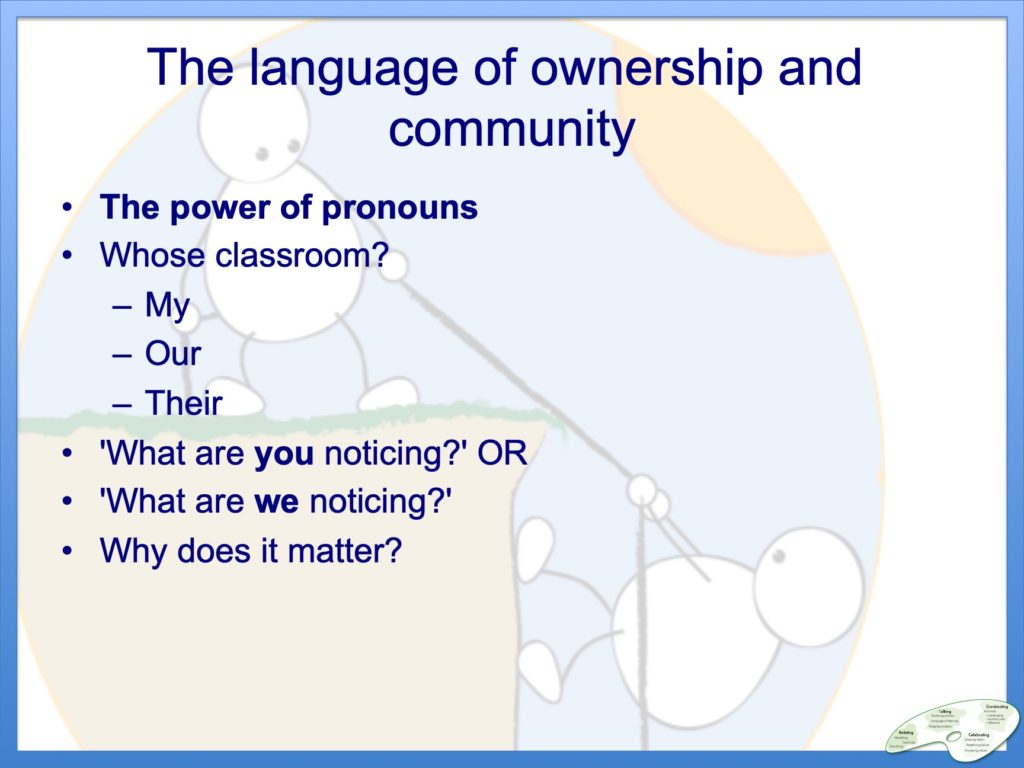
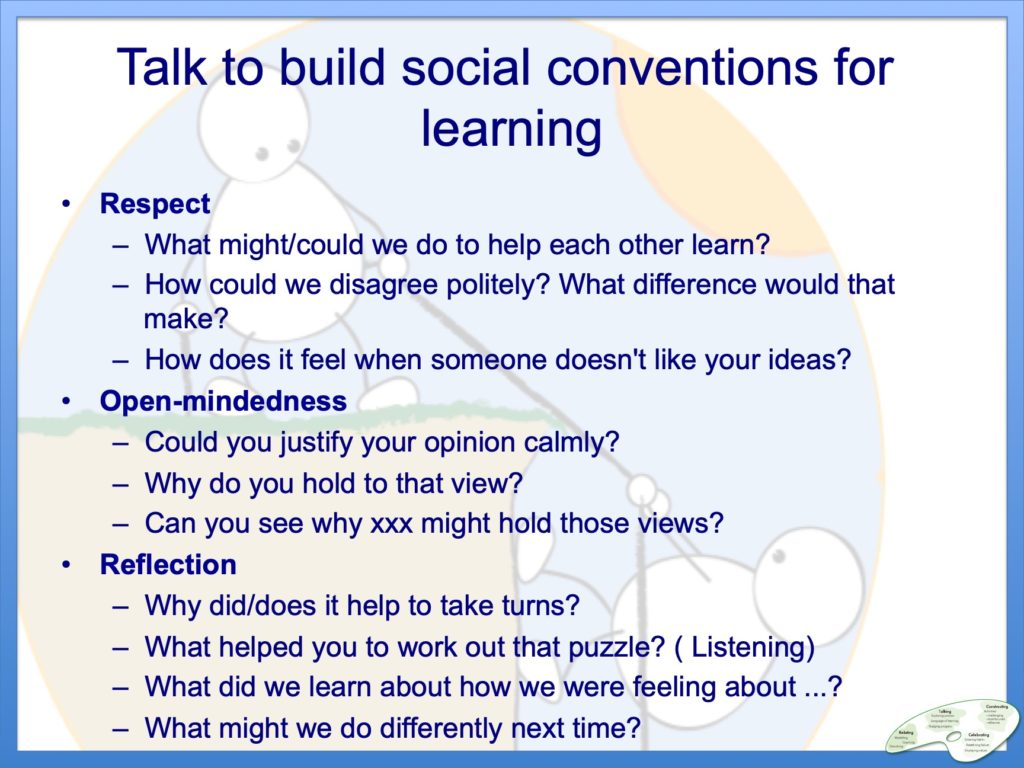
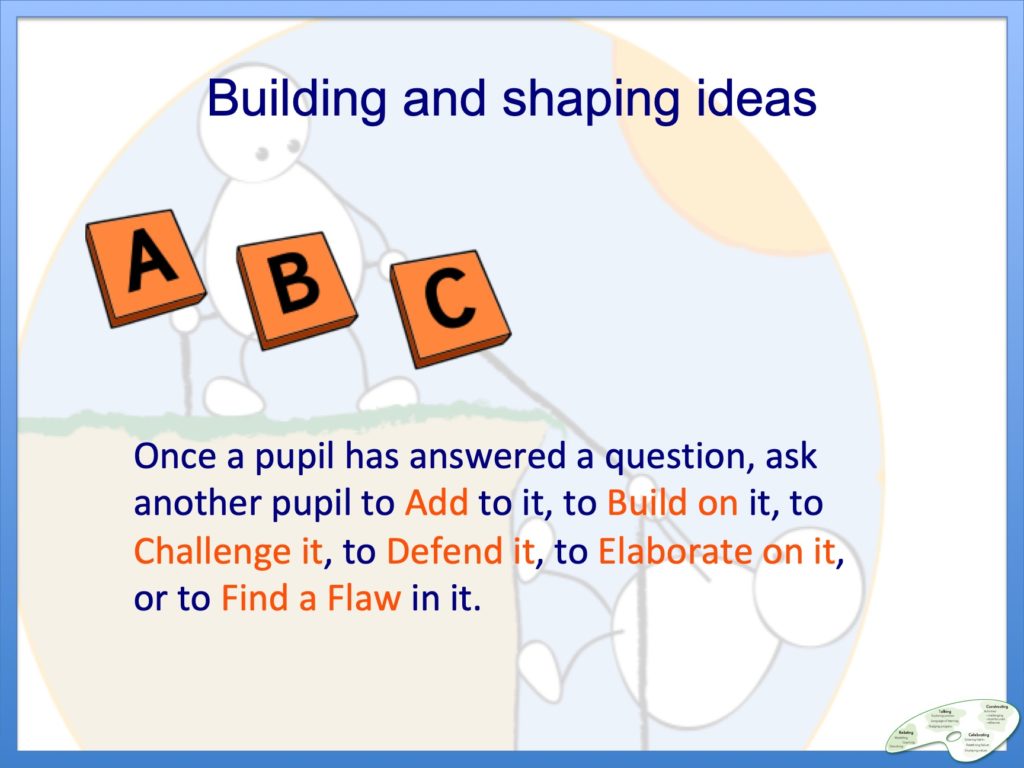
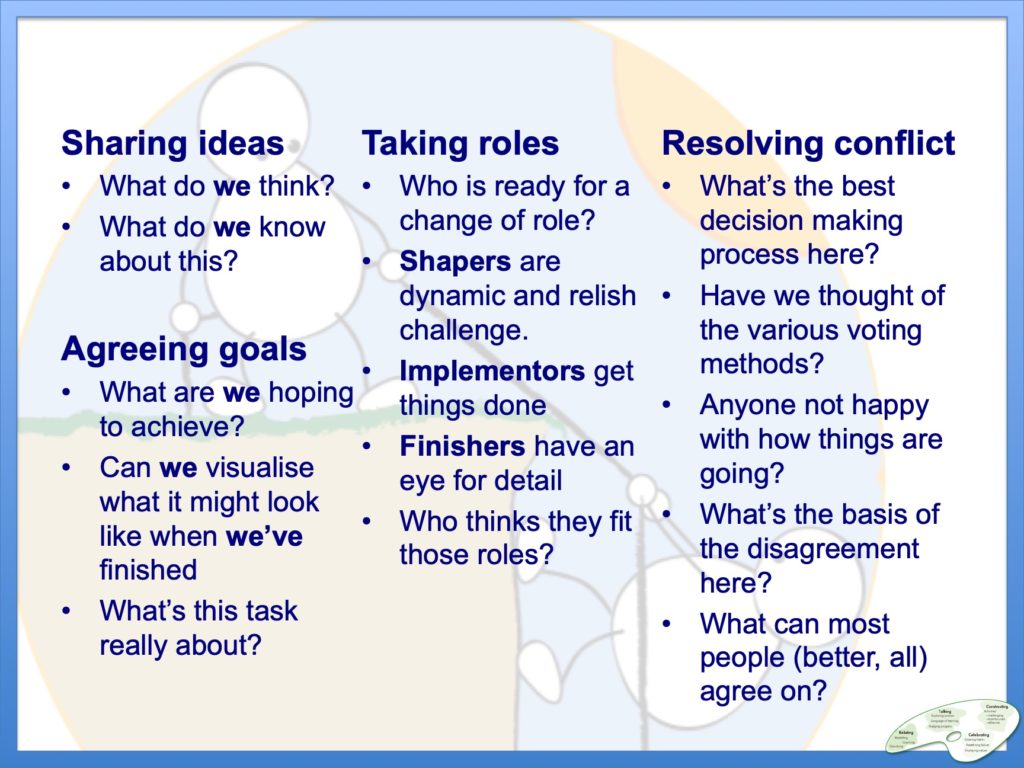
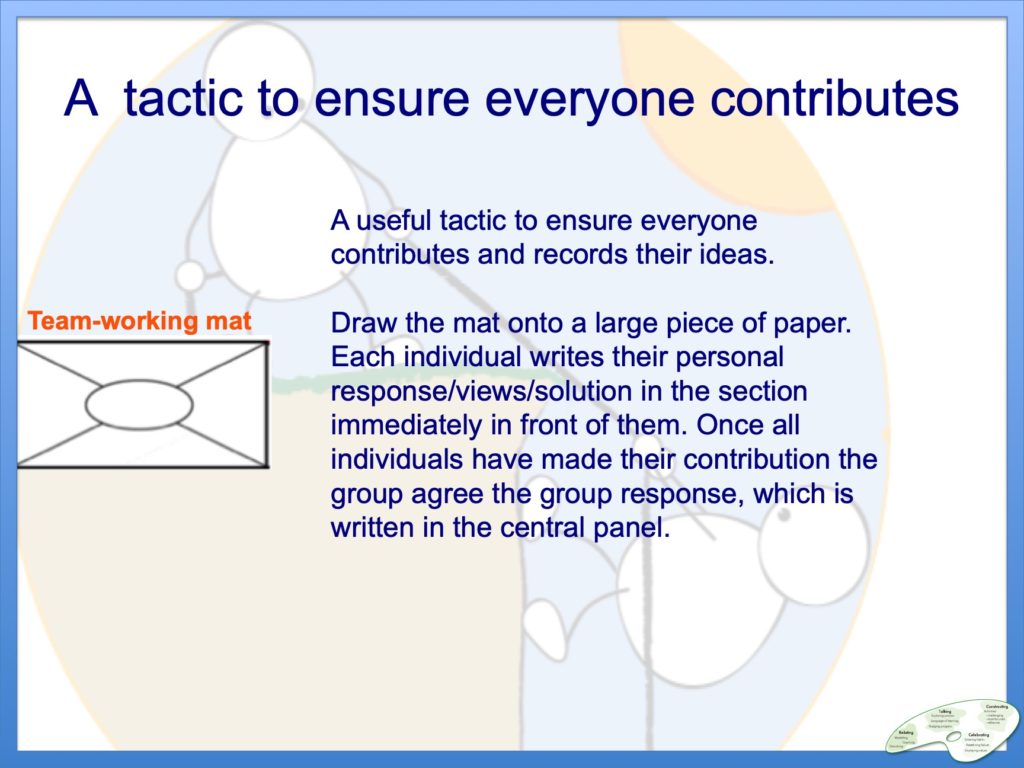
No comments yet.